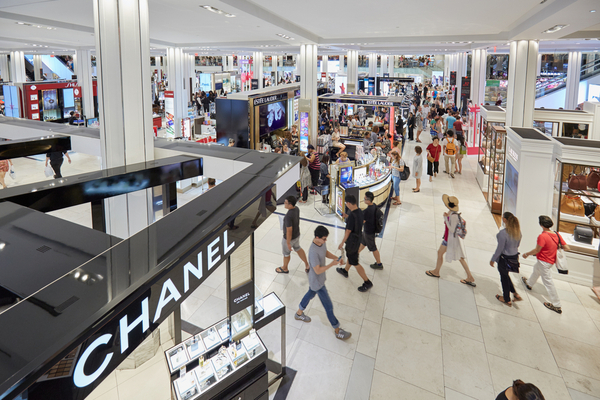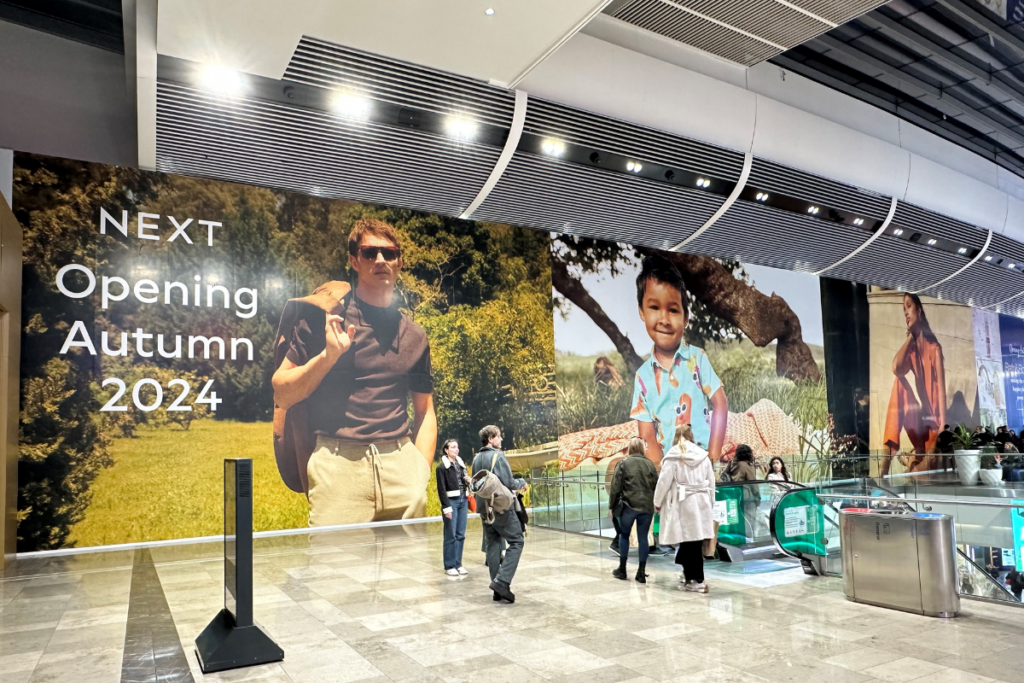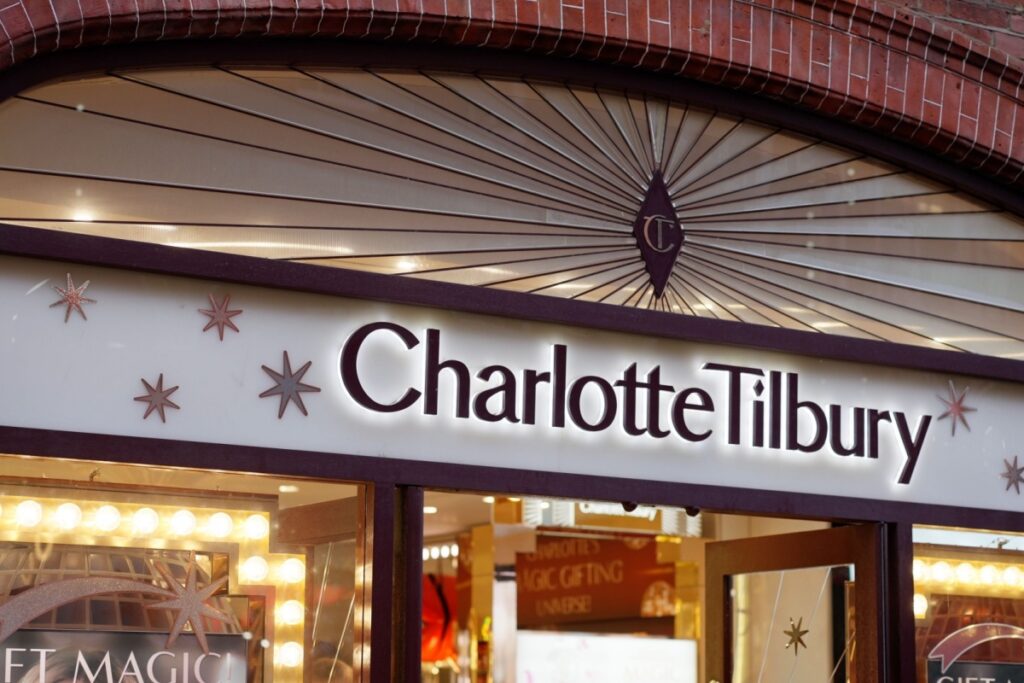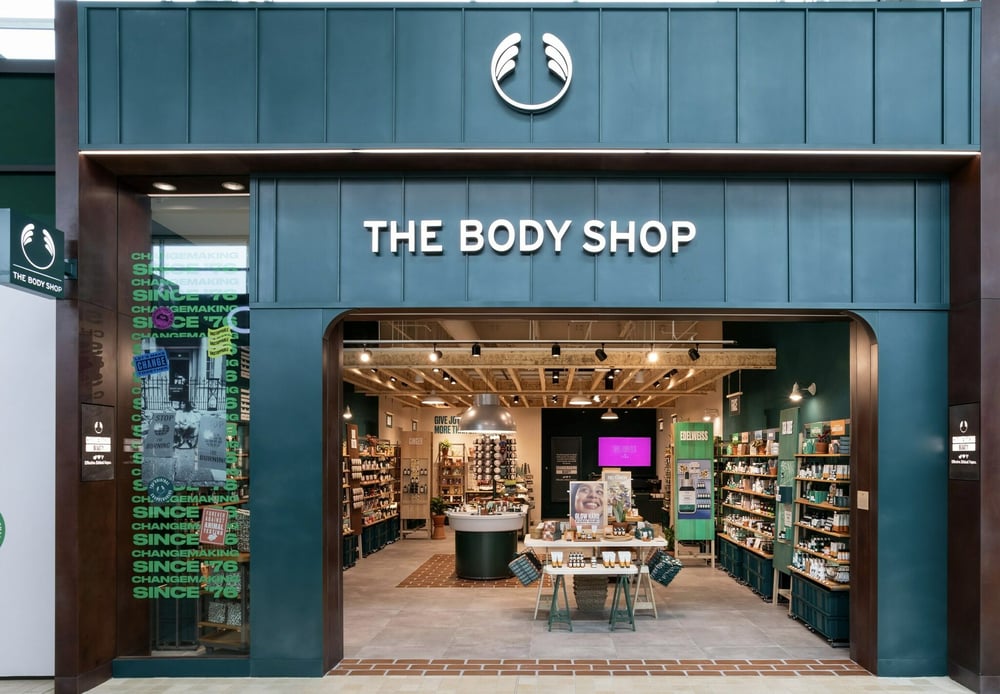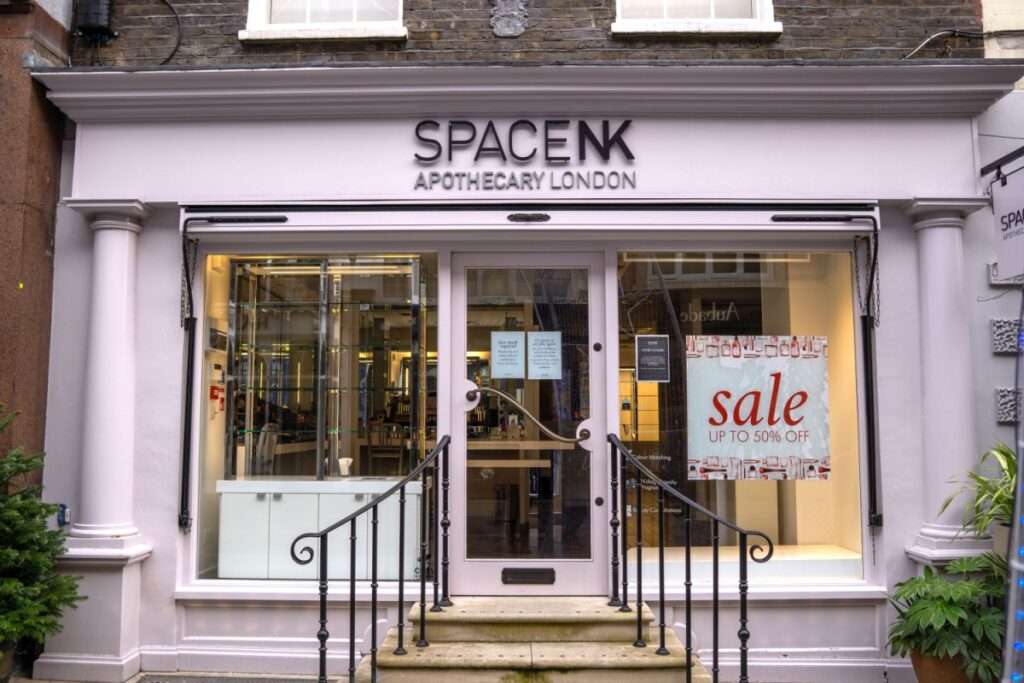Last year, GlobalData stated that the UK beauty retail sector would see a £1.7 billion decline in decline. In the report, consumer analyst Lia Neophytou said that even when customers do go outdoors, the wearing of face masks was diminishing the need for the cosmetics.
Separate data from Kantar shows that beauty and personal care sales were growing at a rate of 6.8 per cent before Covid, but slowed to just 1.1 per cent by September 2020.
Alice Chang, chief executive at the cosmetics company Perfect Corp, said the global beauty industry faced many challenges as a result of the pandemic.
“As stores remained closed worldwide, beauty brands were under increased pressure to invest further in digital channels,” she told Retail Gazette.
“However, one of the biggest challenges beauty brands faced was ensuring an ecommerce offering that could replicate the successful shopping experience that consumers were used to in-store.”

Simon Dring, head of retail insights at referral marketing platform MentionMe, said that like all sectors, there has been monthly and even weekly volatility in the market. He believes this made it feel like a challenge to understand what has been truly happening.
“In many ways, the data from our Retail Insights team suggests beauty is one of the most resilient sectors, with consumers switching to buying different products, rather than no longer buying full stop,” he explained.
“After all, the pandemic put self-care high on the list of consumer priorities.
“It’s easy to get caught up in each rise and fall, but we should take a step back to better understand the long-term prospects of the beauty sector.”
Dring said that MentionMe’s most recent retail insights data shows online beauty sales were up a staggering 78 per cent in Q2 2021 from Q2 2019.
“Rather than falling off completely, it’s the nature of how consumers buy that has fundamentally changed,” he added.
As the beauty sector now enters the post-lockdown recovery phase, is it possible for the market to return to growth spurt it enjoyed before the pandemic?
Olivia Ipsioco, from the skincare company Olive-I & Co, said she was confident it could.
“Customers are keen to get out and spend money on things they haven’t had the chance to purchase in person during the pandemic such as coloured cosmetics, skin care and fragrances,” she said.
“Although face coverings or face masks are still required, this only applies when indoors.
“Consumers need to look good when they are outdoors”
“The purchase of eye make-up should pick-up despite face masks or coverings are required in some places.”
Ipsioco added that there are also a significant amount of consumers who have switched to wearing transparent face shields, finding them more comfortable, and also allowing the option for wearers’ faces to be visible while being protected.
Maggy Velasquez, digital marketing manager at beauty retailer Direct Cosmetics, said it was “almost impossible to predict the beauty market’s performance, as the government keeps changing the rules regarding restrictions and lockdowns”.
As customers were forced to do all their shopping online last year, Velasquez said the trust factor has increased and created a sense of reliability in the online beauty industry.
“There is a sense around let’s help the high street – if customers want the high street to survive, then they need to visit shops and buy,” she said.
“Customers know they can find more beauty bargains online. For example, Direct Cosmetics uses Fruugo, a unique platform that gives us instant access to European and International markets.”
While many consumers may have flocked to online for all their beauty needs, retailers are still heavily investing in physical retail for beauty. Just this week, Harrods unveiled its newly restyled hair and beauty salon store, while Flannels opened the doors to its newest Sheffield store housing the first Flannels Beauty space.
Chang said beauty shoppers may have become more accustomed to shopping online during the pandemic, but physical stores remain an important aspect of beauty retail and can influence how consumers perceive a brand.
“Brands now need to ensure they are offering a frictionless experience in-store via digital touchpoints,” she told Retail Gazette.
Retailers can implement this in multiple ways, according to Chang. This includes the insertion of QR codes in-store to drive product education, or through AR and AI experiences such as in-store virtual try-on kiosks.
“Virtual try-on technology can also help to enhance the personal product consultations that take place in-store between a customer and beauty advisor,” she added.
“While digital and online experiences are becoming more prominent, in-store experiences remain an important aspect of the omni-channel shopping journey. AI and AR technologies can help enhance in-store shopping experiences.”
India Doyle, deputy editor of consumer insights agency Canvas8’s Library, explained that during the pandemic, experimentation moved out of stores and into the digital space, with people searching for advice on TikTok and YouTube. She said this provided a threat to the physical world of beauty retail.
According to GWI, 84 per cent of Gen Z said they spent more time on social media as a result of the Covid crisis, and they’re craving forms of togetherness in digital spaces. Doyle said this was why community-first beauty brands like Trinny London and Glossier continue to thrive.
“Glossier has recently raised a further $80 million in funding to expand and develop both its online and physical retail offer,” she said.
“Even with restrictions lifting, and as Gen Z continues to live large swathes of its life online, I’d expect consumers will largely continue purchasing online and engaging with their new communities virtually.”
While the battle continues with physical versus online retail, Chris Griffiths, managing partner at REPL Group, said there was no reason why retailers shouldn’t use technology to help with the comeback of beauty.
“Beauty, in particular, is a great example of how brands can shift their focus towards experiential retail, allowing customers to log their online browsing and previous purchase history and relate instore seamlessly,” he said.
“Sales staff will then be able to recommend products and services, optimising their customer journey.
“Retailers need to embrace adaptable platforms that allow a rapid response to customer and business needs to deliver a compelling buyer experience across all channels.”
Click here to sign up to Retail Gazette‘s free daily email newsletter

